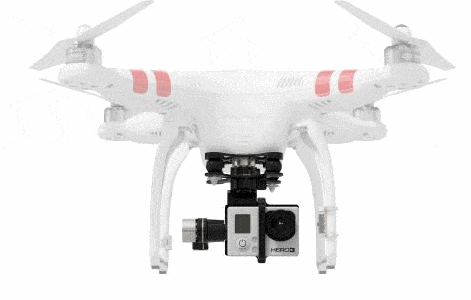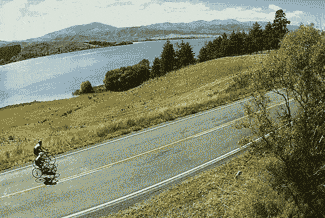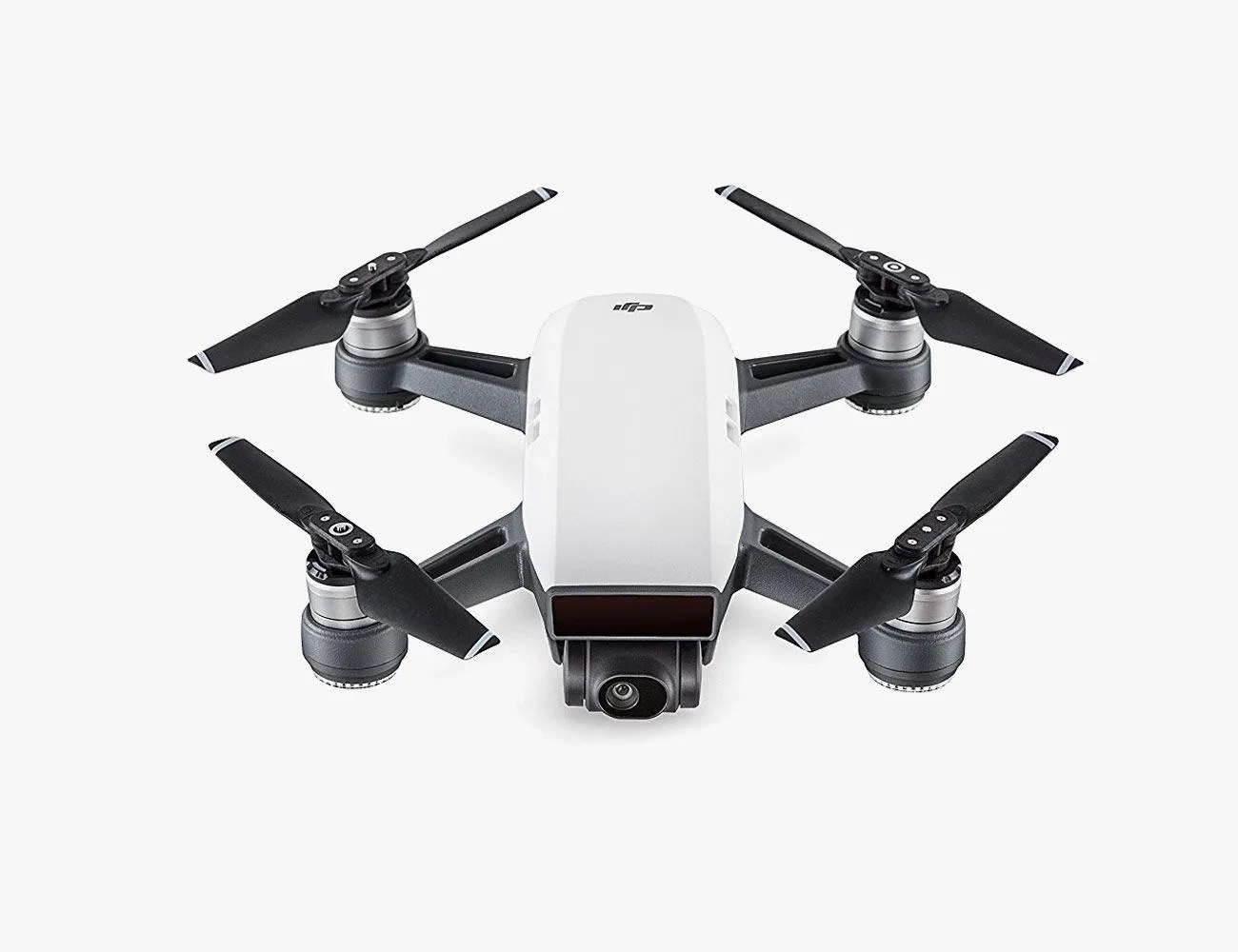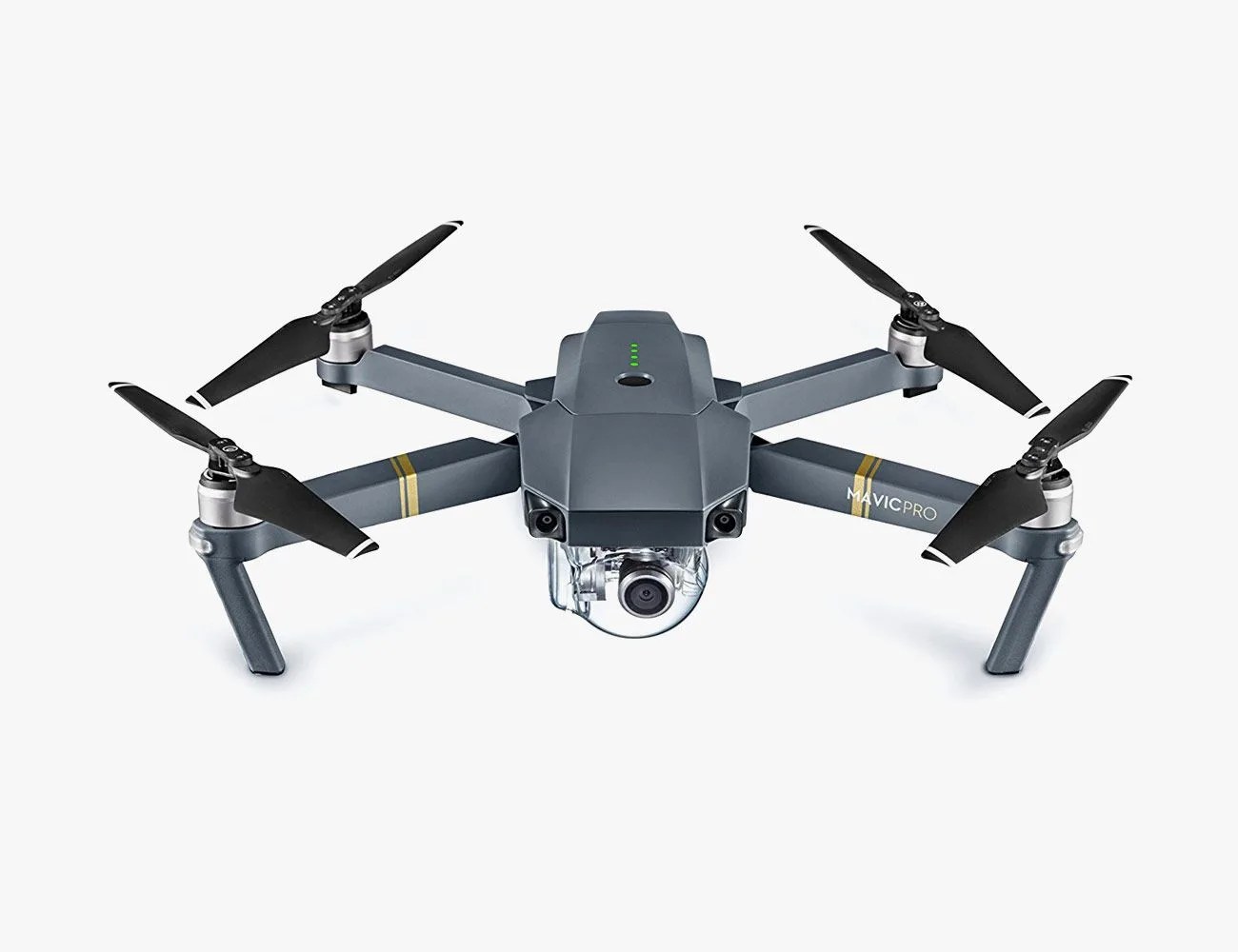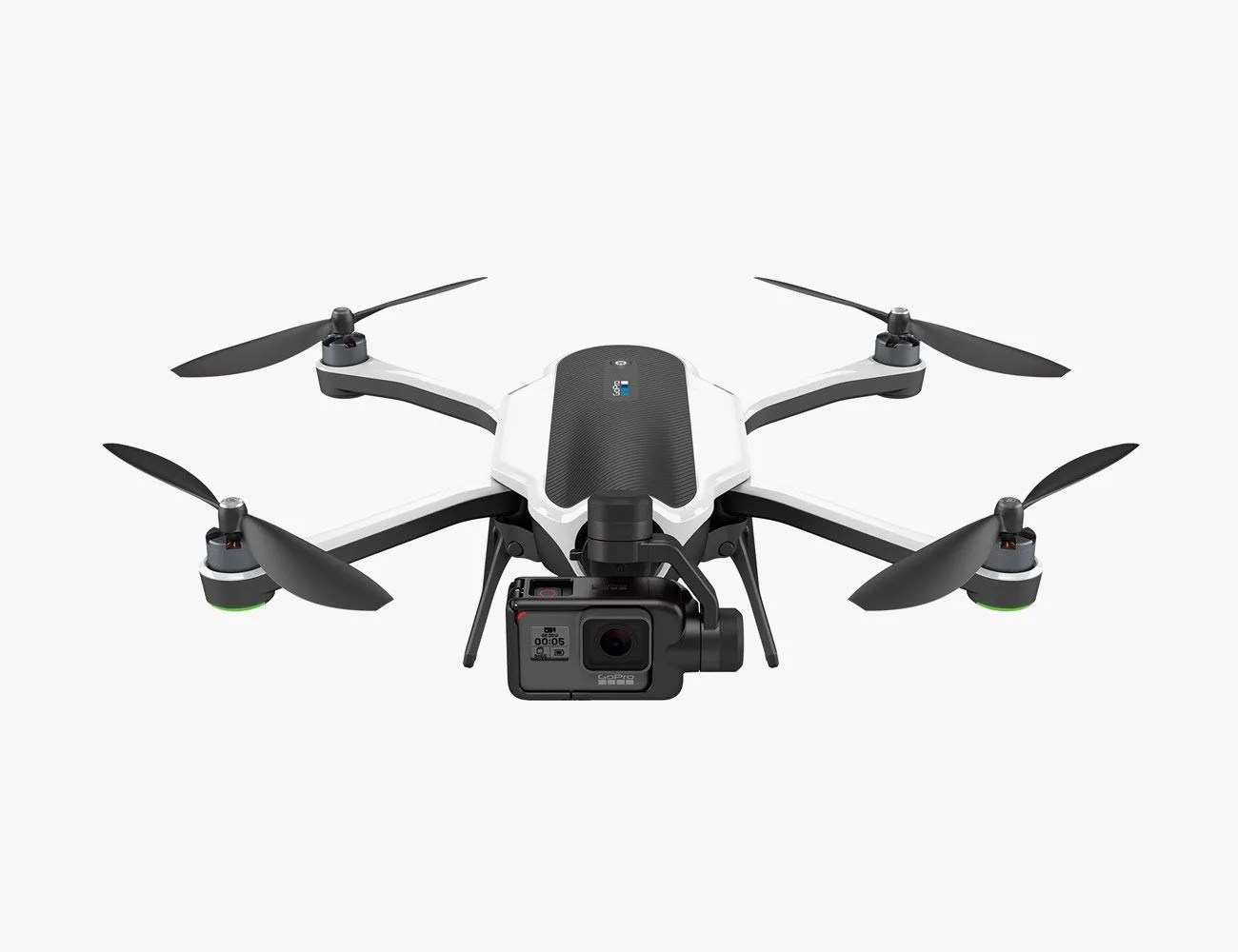Today’s quadcopter drones have revolutionized both professional and amateur filmmaking and picture-taking. These smart, self-stabilizing and increasingly self-navigating devices allow us to create dramatic action videos, program GPS-guided routes for autonomous flight, or even just capture our houses from 400 feet in the air for social-media amusement.
Drone tech owes everything to the smartphone. The advanced accelerometers, GPS receivers, wi-fi transmitters and processors brought on by our collective lust for mobile tech has also allowed what should be the least-airworthy of flying machines ever built to stay aloft. Quadcopters — such as the DJI Mavic Pro, the 3D Robotics Solo and the Yuneec Typhoon, all four-bladed devices that rely on computerized stabilization and flight control rather than the self-stabilizing aerodynamics you get with wings, elevators and rudders — can be safely operated by complete noobs. Flying skill is secondary, and these machines do 90 percent of the work.
But even with all that technology, the aircraft can be challenging and tricky — and even dangerous. It takes practice to be able to fly how and where you like and capture compelling images and video, and it takes the right combination of flight electronics and camera capabilities. This guide, which will be updated regularly, highlights the current top dogs in drone technology, but it will also clue you in about how to use them and how to make the most of your pricey purchase.
Drone Basics
Before you get motoring, study this.

